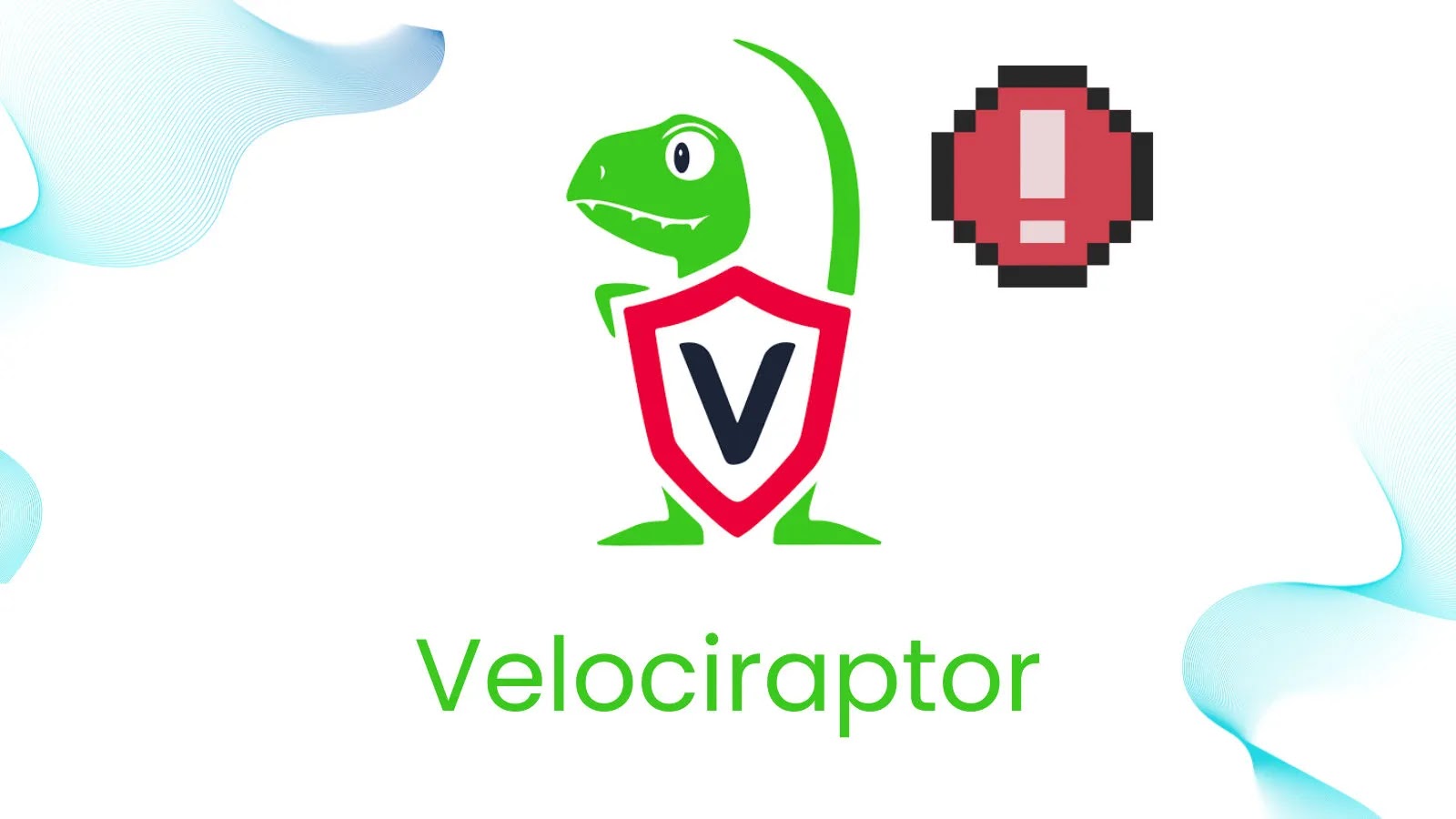In the rapidly evolving digital landscape, the speed at which organizations address and remediate security vulnerabilities has become a pivotal factor in mitigating cyber threats. Recent research underscores a direct correlation between the promptness of patching and a significant reduction in cybersecurity risks. Organizations that have streamlined their patching processes are witnessing measurable improvements in their security postures, highlighting the imperative of timely updates in an era where cyber threats are increasingly sophisticated and swift.
The Imperative of Rapid Patching
A comprehensive study released on March 25, 2025, reveals that companies reducing their patch implementation window from 30 days to just 7 days experienced an average 34% decrease in successful breach attempts. This statistic underscores the exponential relationship between the velocity of patching and the enhancement of security defenses. The findings suggest that the traditional quarterly patching cycles are no longer sufficient in the face of adversaries who can exploit vulnerabilities within hours of their disclosure.
Exploitation Timelines: A Narrowing Window
The research examined exploitation patterns across various industries and found that threat actors are weaponizing new vulnerabilities at an unprecedented pace. In many cases, attackers begin exploiting disclosed vulnerabilities within hours, leaving organizations with a critically narrow window to implement patches. Alarmingly, 78% of successful breaches in the past quarter exploited vulnerabilities for which patches were available but had not yet been applied. This statistic highlights a preventable security lapse that continues to challenge organizations of all sizes.
Case Study: Rapid Exploitation in Action
A notable example involves a recently disclosed memory corruption vulnerability in widely-used API management systems. Trend Micro researchers identified an aggressive exploitation campaign targeting this vulnerability. The attackers employed a sophisticated, multi-stage attack sequence that commenced with vulnerability scanning and progressed to payload delivery within minutes of identifying vulnerable systems. This case exemplifies the speed and efficiency with which modern threat actors operate, emphasizing the need for organizations to adopt equally swift defensive measures.
The Obsolescence of Traditional Patching Cycles
The report emphasizes that the speed at which threat actors weaponize new vulnerabilities has reached unprecedented levels, rendering traditional quarterly patching cycles dangerously obsolete. Organizations that continue to rely on outdated patching schedules are at a heightened risk of cyberattacks. The findings advocate for a paradigm shift towards continuous security update implementation as a fundamental business practice. This transition necessitates both technological solutions and organizational alignment to execute effectively.
Characteristics of High-Risk Organizations
Entities scoring in the lowest quartile of the Cyber Risk Index (CRI) share common characteristics that contribute to their heightened vulnerability:
– Extended Patching Timelines: Delays in implementing available patches provide attackers with ample opportunities to exploit known vulnerabilities.
– Inconsistent Vulnerability Scanning: Irregular or incomplete scanning practices result in unidentified vulnerabilities persisting within systems.
– Fragmented Security Ownership: Lack of clear accountability and coordination within security teams leads to gaps in defense mechanisms.
Strategies for Enhancing Cybersecurity Posture
Conversely, organizations achieving favorable CRI scores have adopted several key strategies:
– Automated Patch Management: Implementing automated systems to manage and deploy patches reduces the time between patch release and application, minimizing exposure to threats.
– Comprehensive Asset Inventories: Maintaining an up-to-date inventory of all assets ensures that no component is overlooked during the patching process.
– Prioritization Based on Exploitation Potential: Focusing on vulnerabilities with the highest likelihood of exploitation, rather than solely on CVSS scores, allows for more effective allocation of resources.
Anatomy of a Modern Exploitation Chain
To illustrate the urgency of rapid patching, consider the exploitation of CVE-2025-11482, a critical vulnerability affecting enterprise API gateways. The attack sequence typically unfolds as follows:
1. Initial Exploitation: Attackers trigger a memory corruption vulnerability that enables arbitrary code execution. This is often achieved by sending a specially crafted payload to the target system.
2. Payload Delivery: Once the vulnerability is exploited, attackers deliver malicious payloads to establish control over the compromised system.
3. Persistence and Lateral Movement: After gaining initial access, attackers establish persistence mechanisms and move laterally within the network to access sensitive data or further exploit the environment.
This sequence underscores the importance of addressing vulnerabilities promptly to disrupt potential attack chains before they can progress.
The Path Forward: Embracing Continuous Patching
The research conclusively demonstrates that a commitment to rapid patching is the most effective intervention for improving cybersecurity posture. Organizations are encouraged to transition from periodic patching cycles to continuous security update implementation. This approach requires:
– Technological Investment: Deploying tools and platforms that facilitate automated and continuous patch management.
– Organizational Alignment: Fostering a culture that prioritizes cybersecurity and ensures that all departments are aligned in their efforts to maintain up-to-date defenses.
– Proactive Monitoring: Establishing systems for continuous monitoring and rapid response to emerging vulnerabilities and threats.
Conclusion
In conclusion, the acceleration of vulnerability patching is not merely a technical necessity but a strategic imperative in the current cybersecurity landscape. Organizations that proactively reduce their patching timelines are significantly lowering their risk profiles and enhancing their resilience against cyber threats. As adversaries continue to evolve and exploit vulnerabilities at an increasing pace, the adoption of rapid and continuous patching practices will be a defining factor in an organization’s ability to safeguard its assets and maintain trust in an interconnected world.



